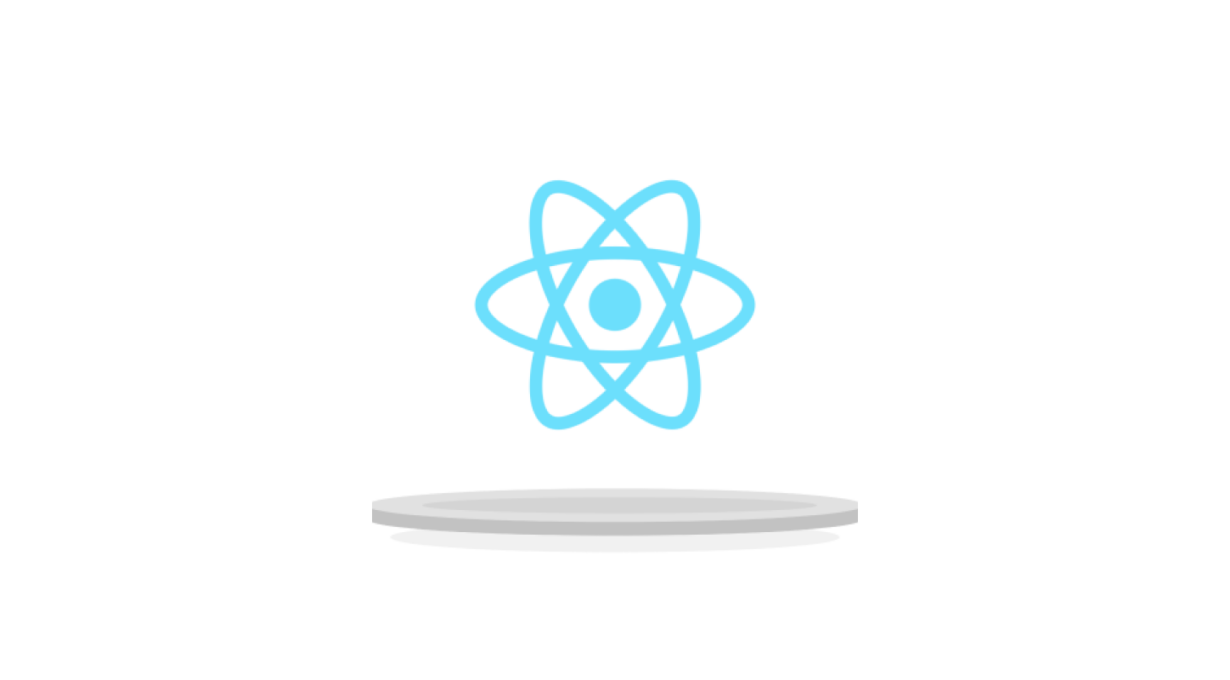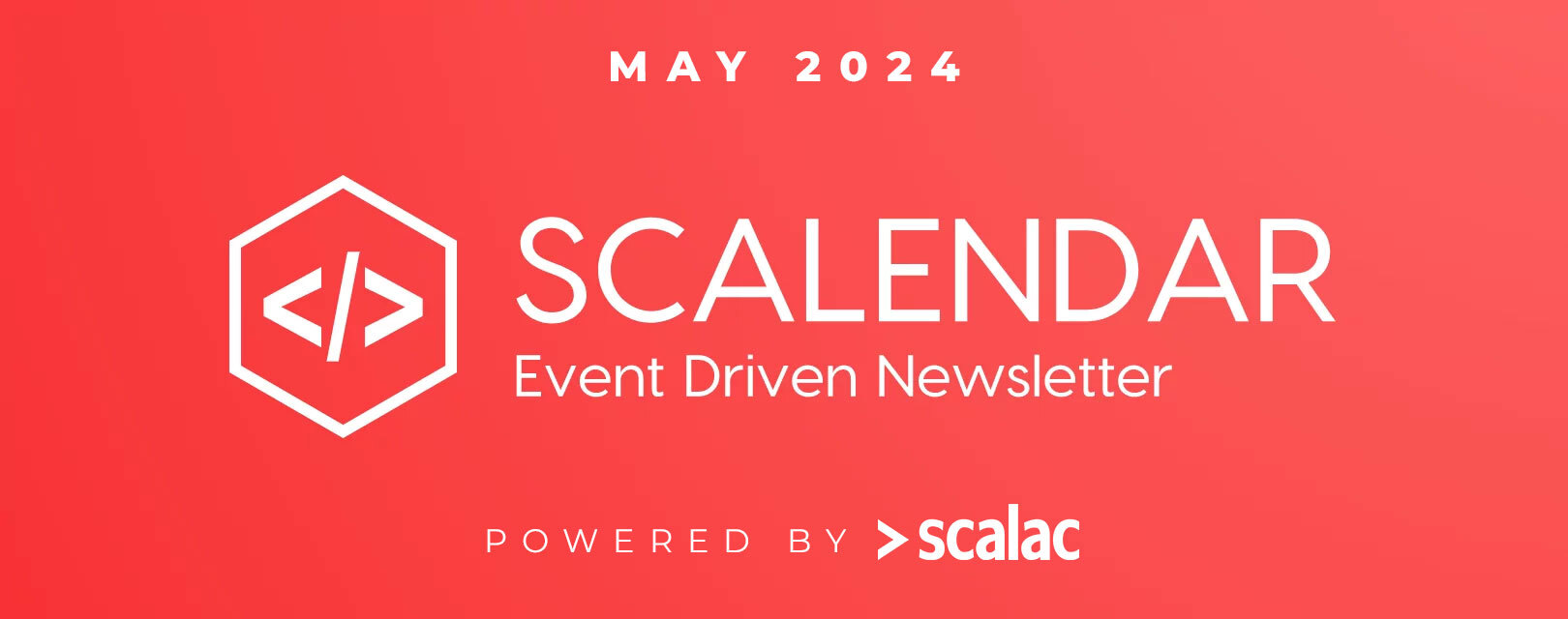
Why you may want to use React

Since its release in 2011, React JS framework has taken the web development world by storm. For example, in the Stack Overflow survey for 2021, React was picked as the most often used framework by developers and the one most developers want to learn. Why? Because with React JS, building user-friendly interfaces for websites and mobiles is now easier than ever, thanks to the “building blocks” components that can be anything you currently use – button, text, grid, or label.
It’s so easy that the number of websites using React to design their own interfaces is still growing. Out of almost 100k websites already using React, you can find giants such as Airbnb, PayPal, Discord, or Netflix.
But what is React, and why exactly is it so popular with both companies and developers? Don’t worry; we’ve got you covered – we’ll be answering any questions you might have about React JS here. Let’s start with the very basics.
What is React js?
ReactJS is an open-source Javascript library that you can use to create fantastic UI for both mobile apps and websites (from declarative components) without having to code every single thing from scratch.
It all started when Jordan Walker, a software engineer working for Facebook, realized that the platform had got far too big to be managed with the tools they had been using earlier. They needed something easier, more dynamic, and far faster to use than all of the other solutions available on the market. Then React appeared. While the library was initially supposed to be only for its own users, it quickly gained in popularity. In 2013, React became open-sourced. Ever since then, a massive number of developers have learned and used the React library for their apps – and have vouched for its various advantages.
What makes React different?
While JavaScript is still one of the most used languages with all kinds of developers, it does have a couple of significant flaws. The code for larger front-end projects can quickly get pretty messy. Developers need plenty of time for debugging (especially that one error can mess up an entire page). The JavaScript DOM (Document Object Model) can work pretty slowly when it comes to larger applications.
These are precisely the things that Walker aimed to improve with the React library. Firstly, inside React, developers can create interfaces with an HTML-like syntax called JSX. This allows developers to use HTML language directly within the JavaScript code and create fully-powered Javascript templates.
The second biggest difference is what you use to create your apps through React. Instead of several lines of code, React js uses small and independent elements called components that you can use to “build” your app. Components are pieces of JSX code that tell the browser what should be rendered on the screen. Buttons, menus, images, categories – every element you need for your application can be created as a React component. Even better, every component can be reused as many times as you need – so you don’t need to redesign the same element every time again from scratch. Doesn’t that sound far better than creating several pages of code?
What are the strengths and weaknesses of using React?
Now that we have gone through the basics, let’s get down to the nitty-gritty details of what exactly makes React so helpful for developers. We’re- talking about the biggest benefits (but also some weaknesses) React has, compared to other frameworks.
React’s most significant selling point is that developers can create robust user interfaces in a much shorter time. And that’s not only because they don’t have to spend as much time writing (and then sometimes debugging) large amounts of code. React allows developers to “break down” their UI idea into simple components, creating them one by one and then connecting them into a whole app.
So whether you want to create a small app first and then add features as needed or you plan on building a complex User Interface right at the beginning, you can start from the simple “building blocks” components and move forward slowly, rather than having to plan your entire application from the get-go.
And that’s barely the start of what React can offer – here are some other top reasons you should be getting interested in the React library for frontend development.
1. Easy to update and manage
We have already pointed out how easier it is to create web and mobile applications using the “building blocks” approach rather than writing the entire code from scratch. But React doesn’t only make the designing part easier. You can also update your apps far faster, as all you need to do is edit the components inside your app. Want to modify the colors or all of the buttons? Update links? Add new elements? A few clicks, and it’s done.
And – as you define how each component is supposed to look only once and React will use the same rule for every other similar element across the entire project – keeping the code stable can get so much easier.
2. Much better performance thanks to Virtual DOM.
Modern applications typically have large and complicated DOM trees. But what happens if you change just one thing inside the app? Usually, DOM will update and rewrite the entire source code, whether it’s necessary or not. That can, in turn, seriously hamper the speed and performance of your application.

React’s DOM works in a completely different way. Whenever any app element is modified, React updates the Virtual Dom (aka the virtual representation) and then compares the virtual DOM against the real one. That way, React can calculate how many changes need to be applied to the real DOM and update only the changed elements – rather than all of them.
3. Strong community support
Thanks to how popular React is with developers, there’s a large dedicated developer community centered around it. People worldwide are making React even easier to learn by posting video tutorials, articles, and add-ons. In addition, others will happily answer questions on various React-focused groups and boards. If you have any problems while using the library, there is an excellent chance that you will either find someone who has had a similar issue and has solved it or someone who is ready to help you out.
4. Smooth shifting from a web application to mobile.
Besides helping with creating a UI for a website, the mobile version of React called React Native can also aid developers in building a cross-platform app with a native-like feel. While the ReactJS library has been developed to create web interfaces, React Native (open-sourced in 2015) is a framework for building hybrid apps for iOS and Android.
As it works in pretty much the same way as React JS, it takes far less time to write the code for the React Native app than if you wanted to develop separate native apps for both platforms. And as the majority of the React Native code can be reused from one platform to another (you just need to add the platform specifications), this can save a lot of your time and allow you to release a ready app much faster.
4. Much easier to debug.
Having to search through the entire source code for that one bug that causes the application to malfunction is one of the worst things that can happen. The React creators have also thought about this, so React apps are much easier to debug than standard apps. Firstly, React uses a unidirectional data flow, meaning that the data inside your app has one way to be updated, giving you much more central control over the flow of data and helping to find the place where an error occurs much easier.
Secondly, there is a dedicated set of tools that developers can use for easy debugging of any React app in Chrome or Firefox extensions. With this, you can inspect any React component hierarchies in the virtual DOM and then edit or upgrade it as you need – making the entire debugging process much faster.
What are the cons of React js?
For all the benefits, React also has some drawbacks. One of the most often mentioned complaints from some developers is that React requires knowledge of how JSX syntax works – and this code might be a bit too complex and difficult to understand for inexperienced developers.
The quick pace at which ReactJS is evolving can be seen as an advantage or a disadvantage too. On the one hand, the updates make React more stable and give various new features to the developers, but on the other, it’s difficult for some developers to keep up with the constant changes.
Its rapid development also means there are few resources available on the newest updates, features, and changes. But as developers can create their own support articles and tutorials, these gaps are often quickly filled.
Conclusion:
So, why use react js? You should now have no more doubts about whether React is just a short fad or if it is worth getting familiar with during your next project. The React libraries can be used to create web UI and mobile apps that will be fast, update-friendly, and as high-performing as possible while taking much less of the developers’ time. And if you ever have a problem you cannot solve or a specific library you need, you can reach out to the community of React developers to find exactly what (or who) you need.
So it’s no wonder that it has quickly become one of the favorite libraries of a lot of companies and developers. Maybe it will become yours too, once you find out how much easier and enjoyable it is to create interfaces with React.
Do you feel React could be the library for you?
Scalac is also a Frontend Development Company, so if you don’t already know, you can probably guess that we specialize in React Technology. Front-end development is a bustling place, with a lot of new technologies coming in and out. You can find on our blog a lot of information about these changes as well as advice on using React in front-end development. If you want to share your own ideas or have any questions about using this technology, do not hesitate to chat with us! We’d love to hear from you.
See also:
- ReScript for React Development
- Apps built with React Native – Uber Eats and Airbnb
- 5 Reasons Why Rust Is The Future
- Meet Immer.js – the immutability helper
- Building application with AI: from concept to prototype
- Frontend app-building dilemma: Custom solution or using a library
- React.js meets Scala – backend for React Native










